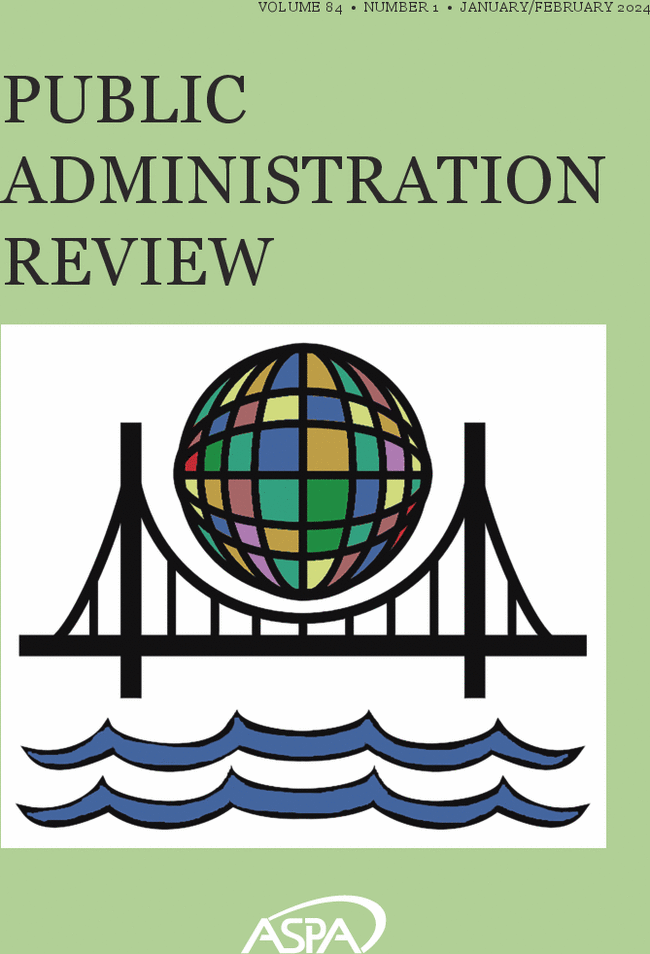How Revenue Sources Impact Nonprofit Advocacy: Complementary, Supplementary, and Adversarial Policy Engagement
IF 4.9
1区 管理学
Q1 PUBLIC ADMINISTRATION
引用次数: 0
Abstract
This study examines how revenue sources influence nonprofit policy engagement. Drawing on resource dependence theory and nonprofit‐government relationship perspectives, we categorize 19 forms of engagement into three types: (1) Complementary Partnerships, (2) Supplementary Contributions, and (3) Adversarial Influence on Government. Results show that the share of government funding is positively associated with these three forms of policy engagement. Also, we distinguish between non‐lobbying advocacy and legislative lobbying, revealing distinct funding patterns. Our expanded models further highlight that access to key funding sources, especially government funding, matters more for advocacy than the extent of reliance on them. These findings emphasize the need for more nuanced measures of nonprofit policy engagement to deepen our understanding of how funding structures shape nonprofit‐government interactions.收入来源如何影响非营利组织的倡导:互补、补充和对抗的政策参与
本研究考察了收入来源如何影响非营利组织的政策参与。根据资源依赖理论和非营利-政府关系的观点,我们将19种参与形式分为三种类型:(1)互补伙伴关系,(2)补充贡献,(3)对政府的对抗性影响。结果表明,政府资助的份额与这三种形式的政策参与呈正相关。此外,我们区分了非游说倡导和立法游说,揭示了不同的资助模式。我们扩展后的模型进一步强调,获得关键资金来源,特别是政府资金,对倡导来说比依赖它们的程度更重要。这些发现强调,需要对非营利组织的政策参与进行更细致的衡量,以加深我们对资金结构如何影响非营利组织与政府互动的理解。
本文章由计算机程序翻译,如有差异,请以英文原文为准。
求助全文
约1分钟内获得全文
求助全文
来源期刊

Public Administration Review
PUBLIC ADMINISTRATION-
CiteScore
15.10
自引率
10.80%
发文量
130
期刊介绍:
Public Administration Review (PAR), a bi-monthly professional journal, has held its position as the premier outlet for public administration research, theory, and practice for 75 years. Published for the American Society for Public Administration,TM/SM, it uniquely serves both academics and practitioners in the public sector. PAR features articles that identify and analyze current trends, offer a factual basis for decision-making, stimulate discussion, and present leading literature in an easily accessible format. Covering a diverse range of topics and featuring expert book reviews, PAR is both exciting to read and an indispensable resource in the field.
 求助内容:
求助内容: 应助结果提醒方式:
应助结果提醒方式:


